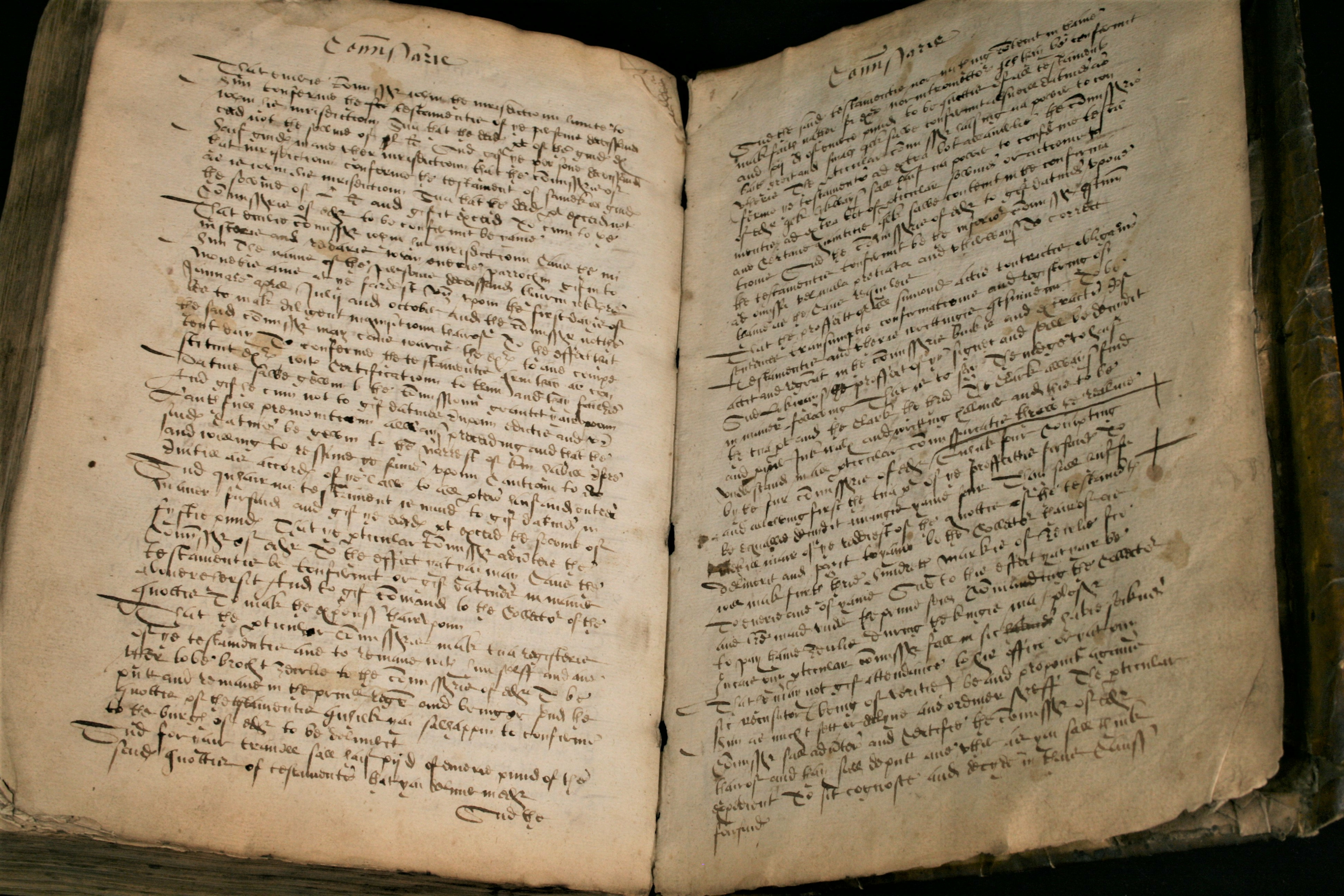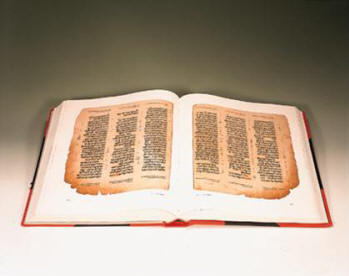
This is indeed the view that is contained in the Pentateuch, which says that Moses ordered that a copy of its contents should be preserved in the very Holy of Holies ( Deut 31:26), and that another copy should be constantly before the king in order that he might study it carefully and direct his activities in accordance with it ( 17:18, 19). According to the Christian view these books were given by their authors to the people of God as divine writings which should be carefully guarded and intensively studied.
#OLD TESTAMENT MANUSCRIPTS FREE#
Then He guided these men in their selection of material He revealed to them certain new facts and ideas and He so directed their activity that in their selection of words from their own vocabularies they should be kept free from saying anything that would involve errors of fact, of doctrine, or of judgment.

He selected men whose background, experience, and personality would fit them for preparing the sort of book that He desired. God so inspired the writers as to keep them from error in what they wrote. It is the belief of Christians that these books were considered as sacred books from the very time of their writing. This will be discussed below under “Versions.” At this place it will be sufficient to point out that we are here dealing, not with the history of ordinary books, but with a very special situation. Until the discovery of the DSS in 1947 the only direct evidence about this period was the little that might be gleaned from a comparison with the Samaritan Pentateuch or with the LXX. A brief survey of the history of the Hebrew text The period between the writing of the books and the destruction of Jerusalem in A.D. Later on it was learned that about three-fourths of it had been rescued and taken to Jerusalem, where it is now being intensively studied. After the burning of the Aleppo synagogue in the riots of 1948, it was feared that this irreplaceable codex had been destroyed. Yet it was not available for study, since its keepers steadily refused to allow it to be photographed or carefully researched. Fifty years ago many scholars were convinced that this MS had actually been written by the famous Masorete, Aaron Ben Asher, and that its text was therefore the most important evidence for the true MT. MSS of many kinds had been taken from a Cairo Geniza to museums and libraries in the W, but the study of these materials had been little more than begun.Īnother source of new information, not previously available, is the OT codex that was long treasured by the Sephardic synagogue in Aleppo. through the efforts of Abraham Firkovitch and were available in the Leningrad library, but results from their study were little known to the western world.

A great number of OT MSS had been collected in the 19th cent. Equally important is the availability of other new material, some of which had been discovered prior to that time, but had as yet been comparatively little studied. The discovery of the DSS in 1947 has made available a great corpus of ancient material that can throw light on the history of the OT text. text previous to that time seemed to be largely a matter of conjecture, with little reason to hope that further light would ever be thrown upon it. Very few could be safely attributed to an earlier date, and none to a date before c. Nearly all of the extant MSS were written after a.d. On the other hand, there seemed to be no way of tracing it with much certainty to an earlier period.

It was therefore felt that one could be quite certain as to the precise text of the OT as it existed a thousand years ago. with their comparison of the readings of hundreds of MSS had shown extremely few variations of any importance in the consonantal text of the OT. On the one hand, the collations that Kennicott and De Rossi had published in the latter part of the 18th cent. The present situationįifty years ago research into the history of the OT text seemed to have reached a dead end in two important directions. TEXT AND MANUSCRIPTS OF THE OLD TESTAMENT.


 0 kommentar(er)
0 kommentar(er)
